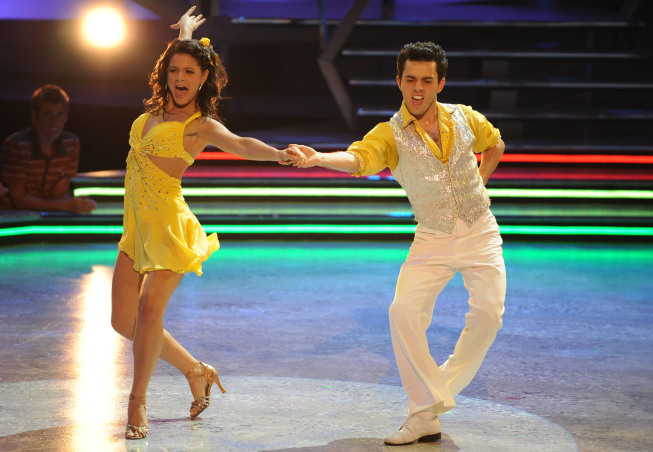Right around the time television came out, big bands died along with dancing in big ballrooms. Then .45’s came out and the popular thing to do was to dance in smaller nightclubs to recorded music and, since the dancing was done to music on discs, the clubs were called discotheques.
At some point in the 1960’s Chubby Checker introduced The Twist, which was the birth of free form dancing, “do your own thing” (a form of Disco). Dancing was done mostly in nightclubs without a partner. Many dances were created and variations were added. One would dance his or her own personal style and patterns while the dance partner would be doing sometimes something completely different.
In the mid-1970’s Hustle was born, and like it was with the Swing, every day a new version of the dance was coming out. This was referred to as the touch Disco. Similar to the Swing, it has a distinct flavor of its own utilizing top forty fast music. And, the dance partners hold hands throughout the dance but the hold is different from ballroom dancing.
New versions to Disco dancing kept evolving, and eventually melted into Sling. Sling was created by dance teachers – born out of Swing, Cha Cha, and Samba. When Hustle came out and was still going through transformations, it was first called Hustle, then Double Hustle, New York Hustle, L. A. Hustle, Latin Hustle, Rope, and finally Sling.
The Music is similar to the swing, but has a heavier rock sound. All of the instruments have a heavy, percussive sound.
We teach disco classes in the D. C. area in our Rockville, MD, Silver Spring, MD and Fairfax, VA studios along with the other ballroom dance lessons.

